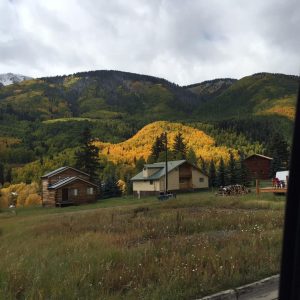
Dalarne in Sweden is famous for its music and marrymaking of Midsummer. Music is one of the most defining characteristics of Dala culture. Read more about musical traditions in Dalarne, Sweden.
To experience culture and Heritage in Dalarna is a must if you want to explore the Swedish “kulturarv” ( heritage). The place to start is in the Lake Siljan region. Many of the symbols you might think typically Swedish is deeply rooted in Dalarna: Midsummer celebrations, red-painted cottages, the gorgeous folk costumes, foot-tapping folk music and – of course – the Dala horse.

Week 27
The music festival Music on Lake Siljan (Musik vid Siljan) ended in 2019, after 50 years as one of the country’s oldest (and largest) music festivals. However, the classic “week 27” is carried out in new forms every year.
The people of Dalarna are proud of their culture. Traditions, festivities such as midsummer, their “folkdräkter” (traditional clothes which are typical to a village or a region) and outdoor music festivals are what makes Dalarna unique. In the summer you can also participate in outdoor church services.
For other attractions in Dalarne click the image below.

There are many cultural attractions in Dalarna and some of them have to be on your Dalarna ‘bucket list’. One is joining a Midsummer celebration with dance around the May pole in any town or village in Dalarna at the end of June.

Spelmansstämman
Distinctly Dala are the spelmansstämman, folk musicians’ rallies, particularly the one held each July in Bingsjö. In the summertime, you can also find restaurants where they play popular country style music. If you enjoy classic music head for the acoustically superb Dalhalla open-air concert venue near Rättvik. The setting, in a disused quarry, is as spectacular as the acoustic sounds. The annual summer festivals here feature artists of international standing.
Musical traditions in Sweden, written by Tor Kjolberg
Feature image (on top) © Jonna Eriksson, Visit Dalarna
The post Musical traditions in Sweden appeared first on Daily Scandinavian.



